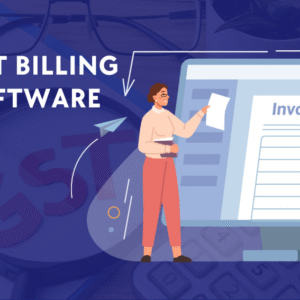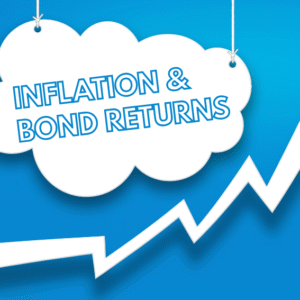Navigating the world of credit cards can sometimes feel like a journey through a labyrinth, with various paths and options. Among these paths is a question that often arises: Can you pay a credit card with a credit card? While the straightforward answer is no, the reality, such as a debt consolidation loan, is more nuanced, much like trying to solve a complex puzzle with pieces from different sets.
The Art of Balance Transfers
Imagine a chessboard where every pawn is a different credit card debt, and your strategy is to consolidate these pawns into one powerful piece. This strategy is known as a balance transfer. Essentially, it involves moving debt from one credit card to another. But why, you might wonder, would this be beneficial? The answer lies in the potential to reduce interest rates and simplify your debt management.
Debt Consolidation Loan: The First Move
In the early stages of our credit card chess game, it’s crucial to consider all available moves. One such move is a debt consolidation loan, which can be a powerful opening play. This loan allows you to combine multiple high-interest debts into a single loan with a lower interest rate. It’s like exchanging several small, high-interest loans for one larger, more manageable one with better terms.
How Balance Transfers Work: The Chessboard Strategy
To understand balance transfers, think of it as a strategic move in chess, where you shift your position to gain an advantage. When you opt for a balance transfer, you are essentially moving your debt from one card (often with a high-interest rate) to another card that offers a lower interest rate, sometimes even 0% for a promotional period. This move can provide temporary relief from high-interest rates, allowing you to focus on paying off the principal balance.
The Knight’s Gambit: Choosing the Right Card for Balance Transfers
Selecting the right card for a balance transfer is akin to choosing the right chess piece for a crucial move. Not all credit cards are created equal when it comes to balance transfers. Some offer introductory periods with 0% interest, while others might offer a reduced rate for a limited time. It’s essential to read the fine print and understand the terms, such as balance transfer fees, which can typically range from 3% to 5% of the transferred amount.
The Rook’s Path: Understanding the Impact on Credit Score
Just as a rook moves strategically across the chessboard, understanding how balance transfers impact your credit score is a crucial part of the game. Initially, applying for a new credit card can cause a slight dip in your credit score due to the hard inquiry from the lender. However, if used wisely, balance transfers can help you lower your credit utilization ratio – a key factor in your credit score calculation.
The Bishop’s Diagonal: Long-Term Strategies Beyond Balance Transfers
While balance transfers can be an effective short-term tactic, it’s important to look at the bigger picture, much like a bishop’s long diagonal move on the chessboard. This involves developing a solid plan for debt repayment and avoiding the accumulation of new debt. Strategies might include creating a budget, cutting unnecessary expenses, and focusing on paying more than the minimum due each month.
Checkmate: Concluding Thoughts
In conclusion, while you cannot directly pay a credit card with another credit card, balance transfers offer a strategic way to manage credit card debt. Like a well-played game of chess, the key is to plan your moves carefully, understand the rules and potential consequences, and always stay focused on your ultimate goal – financial stability and freedom.






